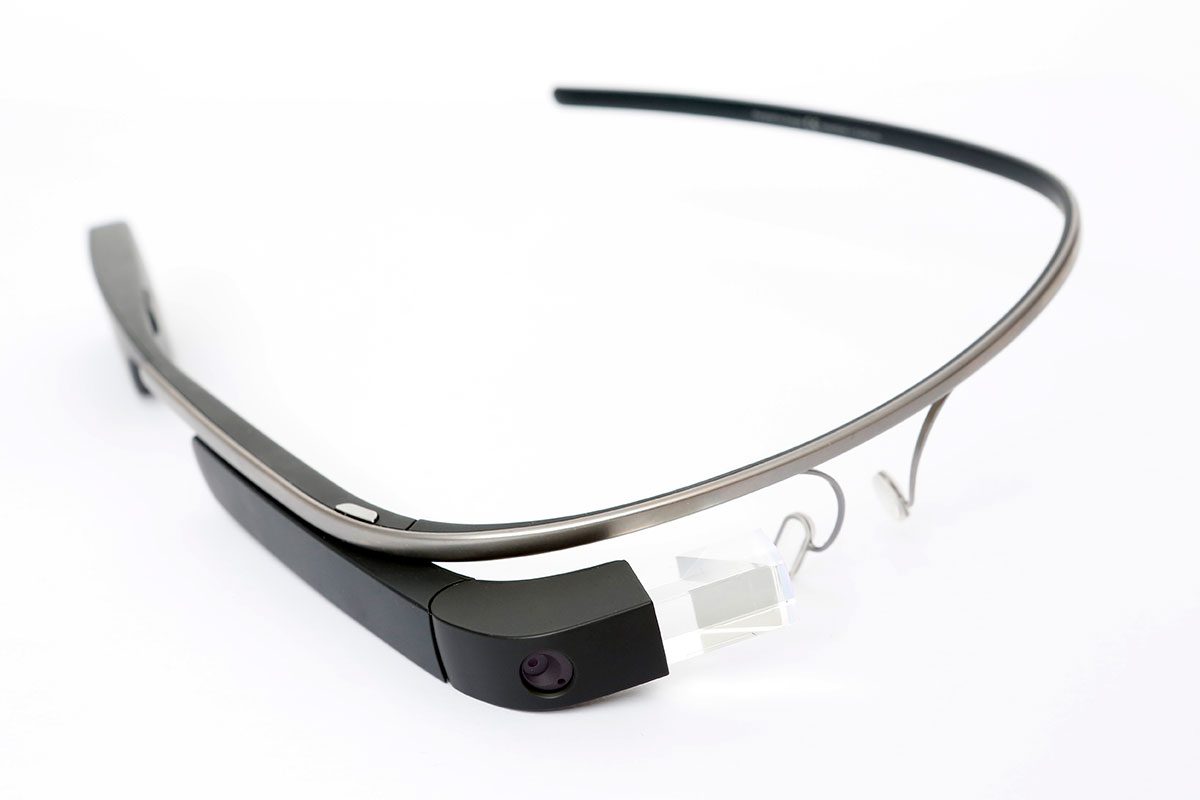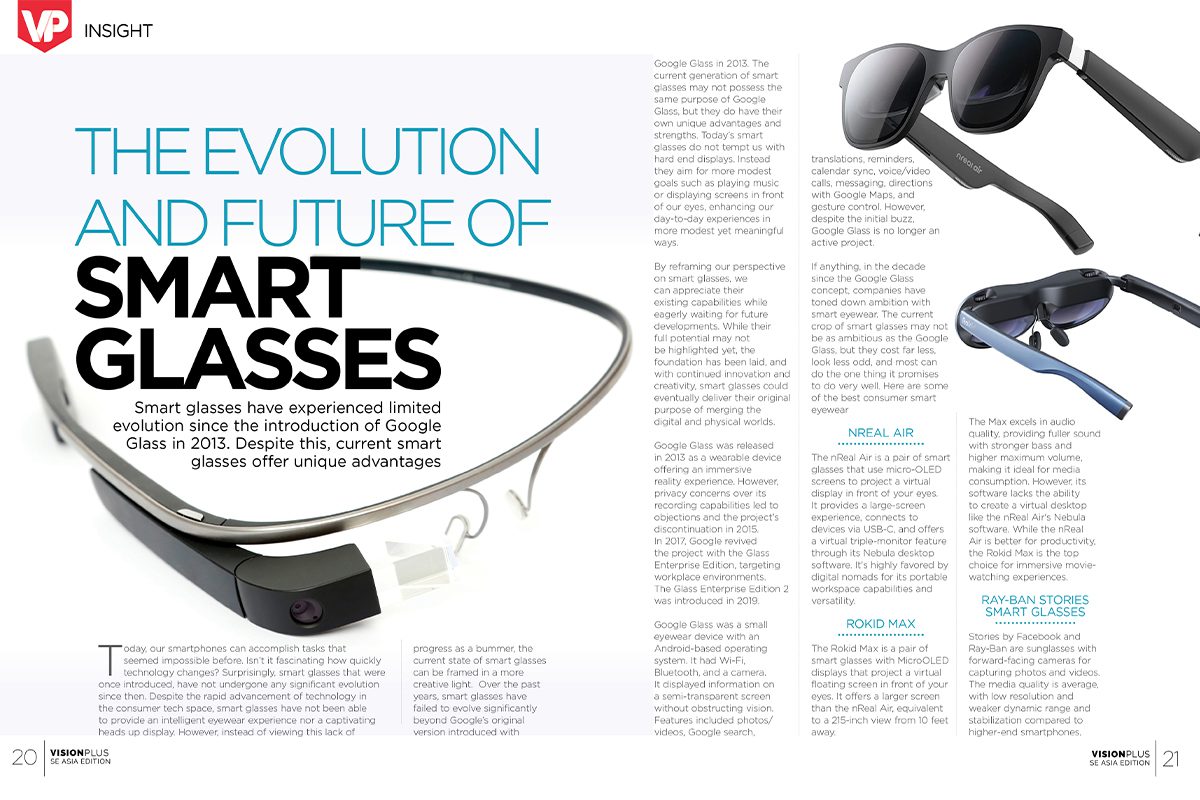
The Evolution And Future Of Smart Glasses
Smart glasses have experienced limited evolution since the introduction of Google Glass in 2013. Despite this, current smart glasses offer unique advantages
Today, our smartphones can accomplish tasks that seemed impossible before. Isn’t it fascinating how quickly technology changes? Surprisingly, smart glasses that were once introduced, have not undergone any significant evolution since then. Despite the rapid advancement of technology in the consumer tech space, smart glasses have not been able to provide an intelligent eyewear experience or a captivating heads-up display. However, instead of viewing this lack of progress as a bummer, the current state of smart glasses can be framed in a more creative light. Over the past years, smart glasses have failed to evolve significantly beyond Google’s original version introduced with Google Glass in 2013. The current generation of smart glasses may not possess the same purpose of Google Glass, but they do have their own unique advantages and strengths. Today’s smart glasses do not tempt us with hard end displays. Instead, they aim for more modest goals such as playing music or displaying screens in front of our eyes, enhancing our day-to-day experiences in more modest yet meaningful ways.
By reframing our perspective on smart glasses, we can appreciate their existing capabilities while eagerly waiting for future developments. While their full potential may not be highlighted yet, the foundation has been laid, and with continued innovation and creativity, smart glasses could eventually deliver their original purpose of merging the digital and physical worlds.
Google Glass was released in 2013 as a wearable device offering an immersive reality experience. However, privacy concerns over its recording capabilities led to objections and the project's discontinuation in 2015. In 2017, Google revived the project with the Glass Enterprise Edition, targeting workplace environments. The Glass Enterprise Edition 2 was introduced in 2019.
Google Glass was a small eyewear device with an Android-based operating system. It had Wi-Fi, Bluetooth, and a camera. It displayed information on a semi-transparent screen without obstructing vision. Features included photos/videos, Google search, translations, reminders, calendar sync, voice/video calls, messaging, directions with Google Maps, and gesture control. However, despite the initial buzz, Google Glass is no longer an active project.
If anything, in the decade since the Google Glass concept, companies have toned down ambition with smart eyewear. The current crop of smart glasses may not be as ambitious as the Google Glass, but they cost far less, look less odd, and most can do the one thing it promises to do very well. Here are some of the best consumer smart eyewear

nReal Air
The nReal Air is a pair of smart glasses that use micro-OLED screens to project a virtual display in front of your eyes. It provides a large-screen experience, connects to devices via USB-C, and offers a virtual triple-monitor feature through its Nebula desktop software. It's highly favored by digital nomads for its portable workspace capabilities and versatility.
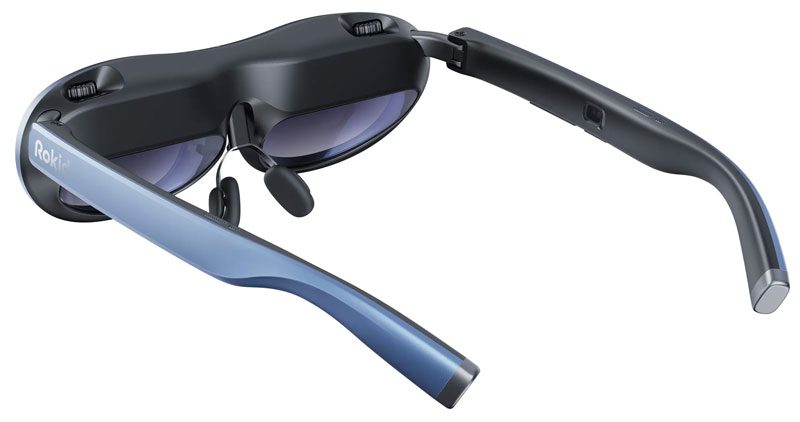
Rokid Max
The Rokid Max is a pair of smart glasses with MicroOLED displays that project a virtual floating screen in front of your eyes. It offers a larger screen than the nReal Air, equivalent to a 215-inch view from 10 feet away.
The Max excels in audio quality, providing fuller sound with stronger bass and higher maximum volume, making it ideal for media consumption. However, its software lacks the ability to create a virtual desktop like the nReal Air's Nebula software. While the nReal Air is better for productivity, the Rokid Max is the top choice for immersive movie-watching experiences.
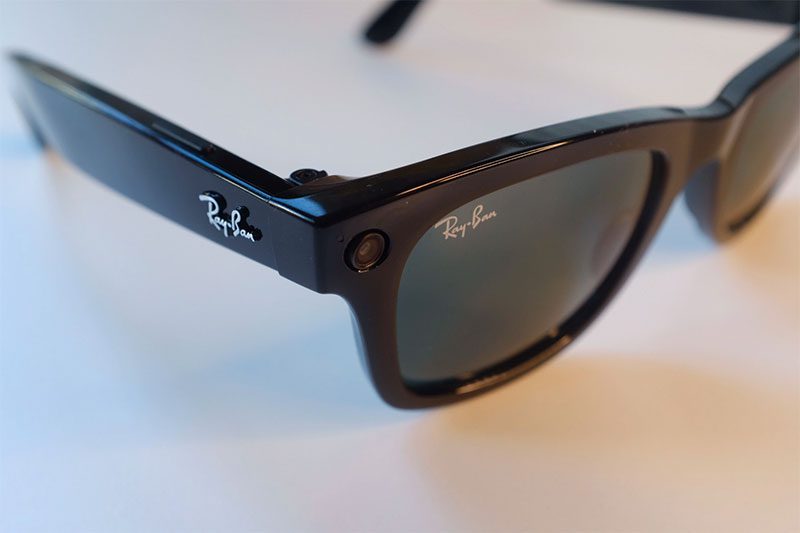
Ray-Ban Stories Smart Glasses
Stories by Facebook and Ray-Ban are sunglasses with forward-facing cameras for capturing photos and videos. The media quality is average, with low resolution and weaker dynamic range and stabilization compared to higher-end smartphones.
Despite their discreet appearance, these glasses function as a wearable camera with a dedicated button and voice commands. They have built-in speakers, save media internally (4GB), and require a Facebook account for the companion app.
Concerns regarding privacy and consent have been raised due to the inconspicuous recording indicator light. Responsible use and consideration for others are essential when using wearable cameras.
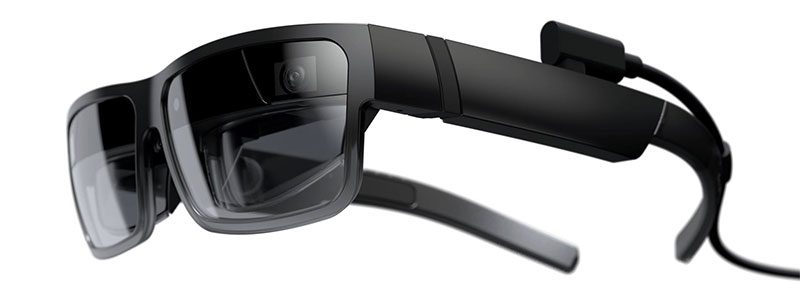
Amazon Echo Frames (2nd gen)
Amazon's second-generation Echo Frames are lightweight and affordable, smart glasses primarily designed for audio playback. They feature open-ear speakers that deliver clear and audible sound, making them suitable for listening to audiobooks and podcasts.
The glasses include Amazon's digital assistant, Alexa, enabling voice commands and notification reading. However, they use a proprietary charging cable, which can be inconvenient if misplaced. USB-C charging would have been a more desirable feature.
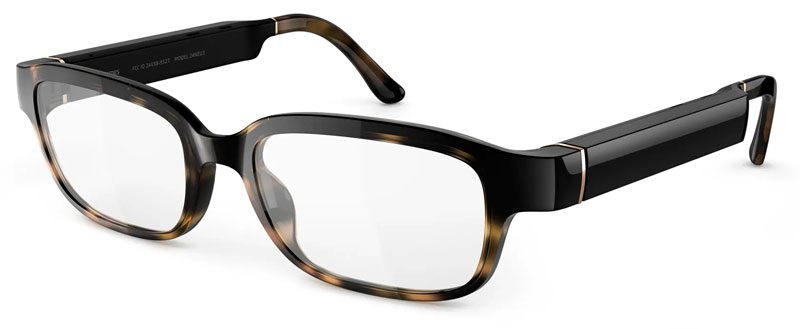
Lenovo ThinkReality A3
Lenovo's ThinkReality A3 smart glasses are ideal for serious work on Windows laptops. They offer a virtual desktop with up to three screens, similar to the nReal Air, but with improved stability through Lenovo's dedicated Virtual Display Manager for Windows 10 and 11. The glasses feature advanced controls, including a gaze-based navigation system.
However, their high price puts them as the most expensive option on this list.
While smart glasses have yet to reach their full potential, the current generation of smart glasses has its own unique advantages. From portable workspaces to immersive media consumption, some of these devices demonstrate the ongoing evolution and future possibilities of smart glasses. With continued innovation, smart glasses hold the potential to merge the digital and physical worlds in ways that were once only imagined.

